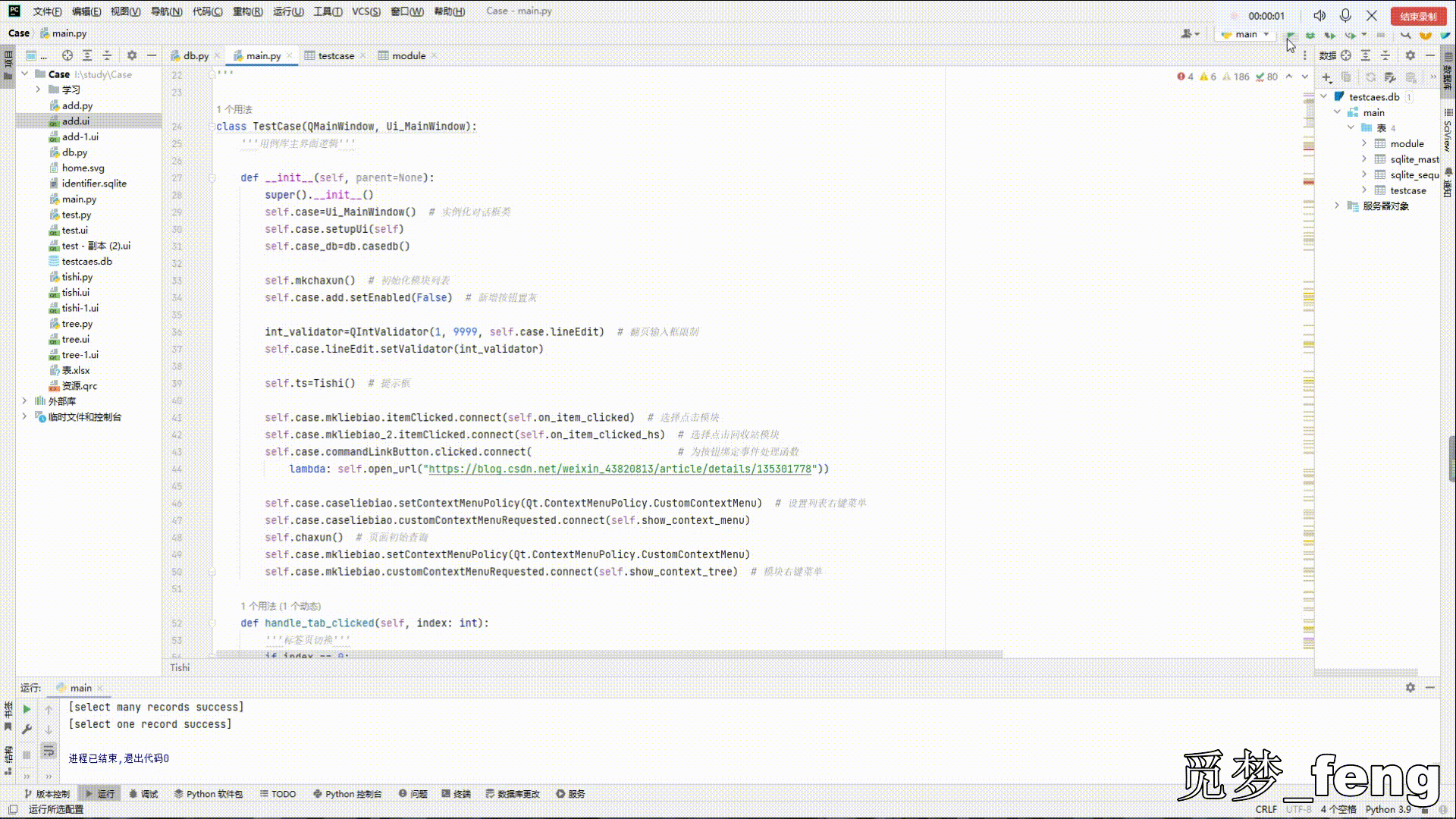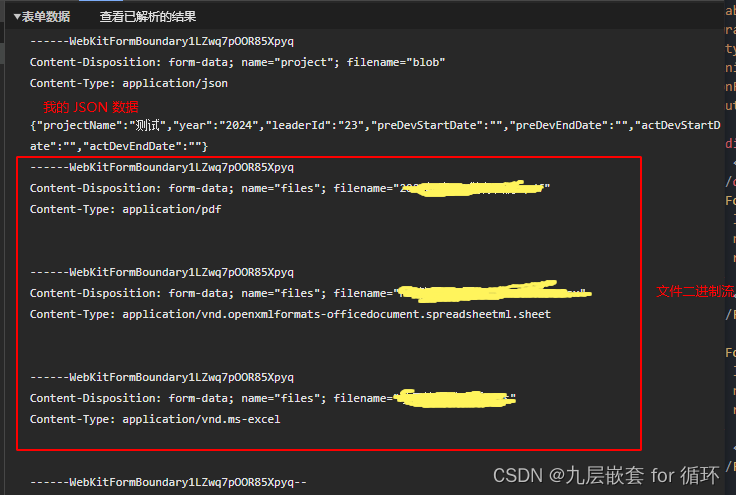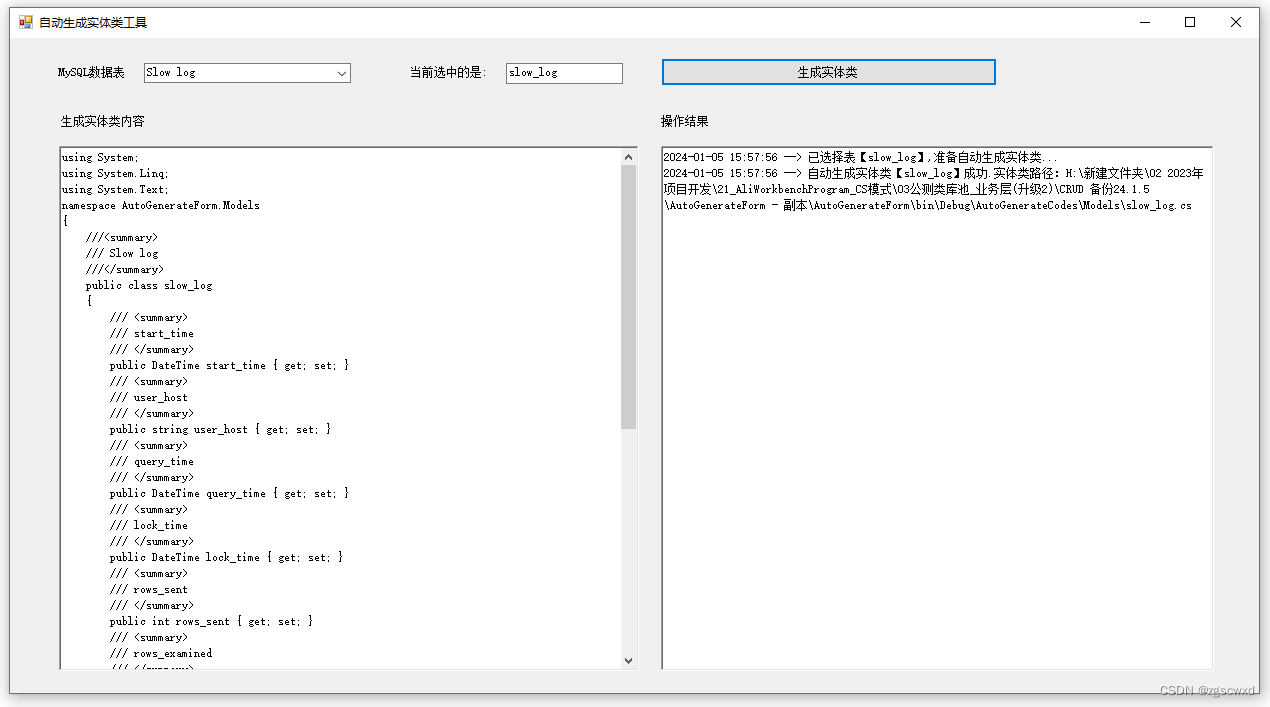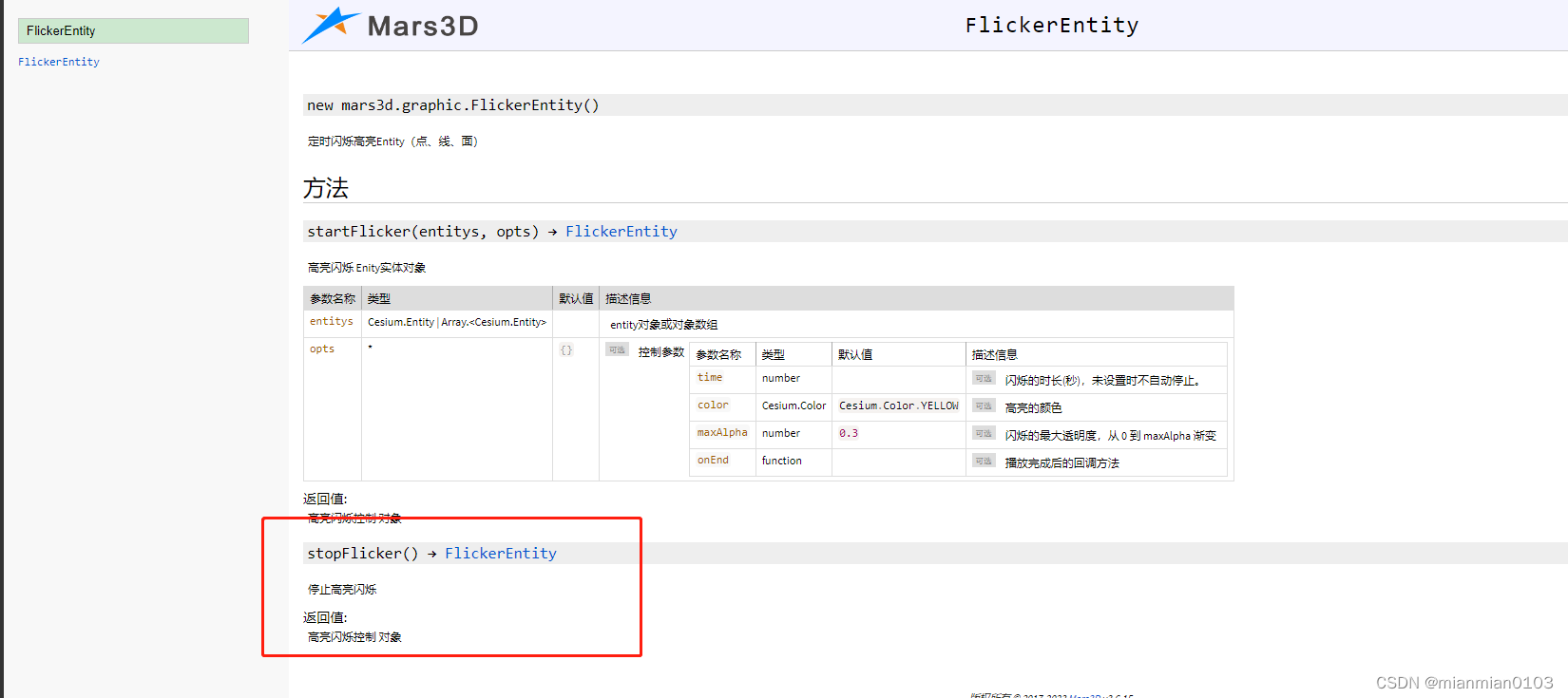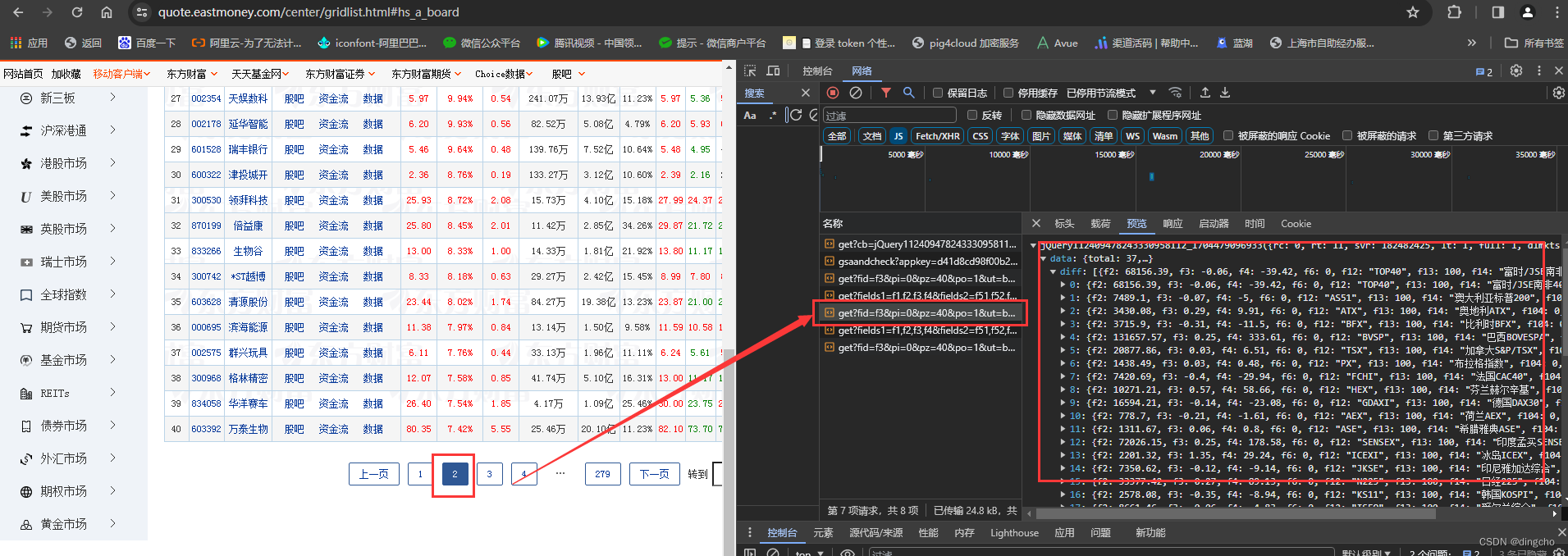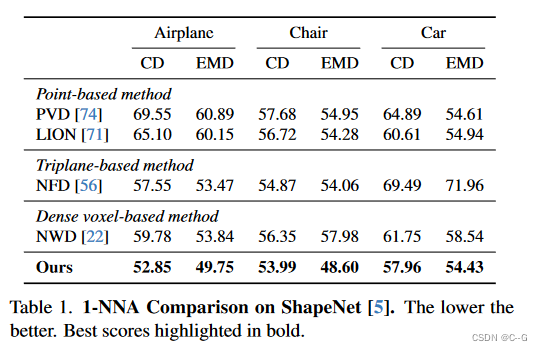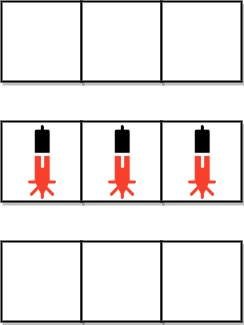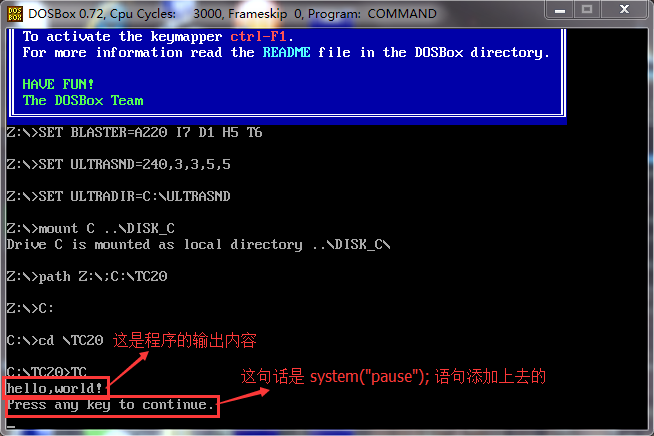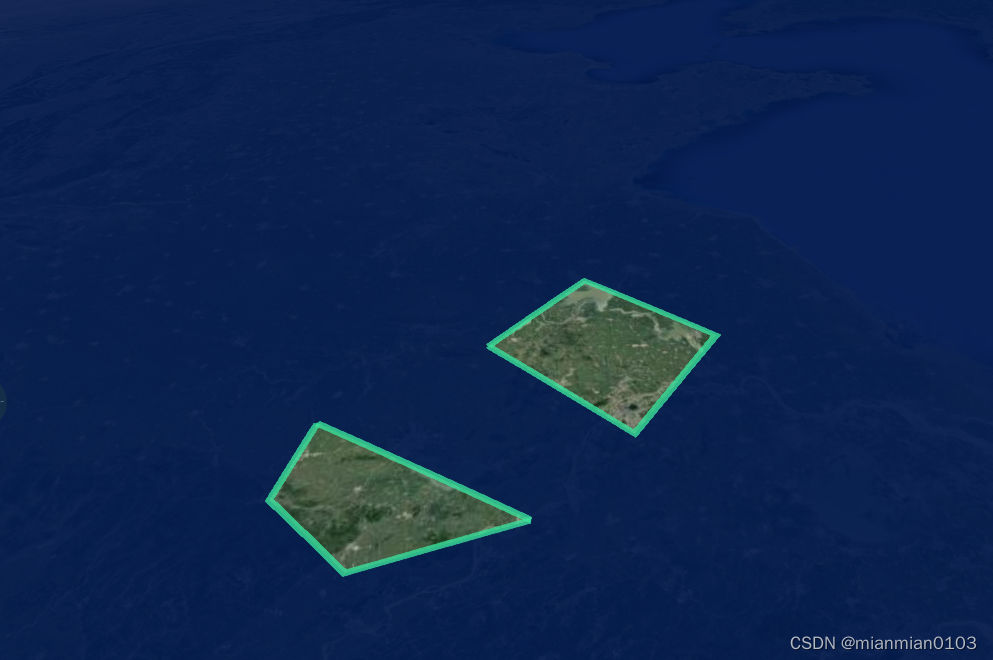PhaseFinder
## 概览,不翻译了,大家自己看吧
The PhaseFinder algorithm is designed to detect DNA inversion mediated phase variation in bacterial genomes using genomic or metagenomic sequencing data. It works by identifying regions flanked by inverted repeats, mimicking their inversion in silico, and identifying regions where sequencing reads support both orientations. Here, we define phase variation as "a process employed by bacteria to generate frequent and reversible changes within specific hypermutable loci, introducing phenotypic diversity into clonal populations”. Not every region detected by PhaseFinder will directly result in phase variation, but the results should be highly enriched for regions that do.
github: https://github.com/XiaofangJ/PhaseFinder
## Prerequisites,安装依赖
+ [Biopython](https://biopython.org/)
+ [pandas](https://pandas.pydata.org)
+ [samtools](http://samtools.sourceforge.net/) (>=1.4)
+ [bowtie](https://github.com/BenLangmead/bowtie)(>=version 1.2.0)
+ [einverted](http://emboss.sourceforge.net/apps/release/6.6/emboss/apps/einverted.html)
+ [bedops](https://bedops.readthedocs.io/en/latest/)
+ [bedtools](https://bedtools.readthedocs.io/en/latest/)
To install PhaseFinder,安装
git clone git@github.com:nlm-irp-jianglab/PhaseFinder.git
cd PhaseFinder
conda env create --file environment.yml
conda activate PhaseFinder快速开始
All you need to get started is a genome (in fasta format) you would like to search for invertible DNA regions and genomic sequencing data (preferrably Illumina in fastq format) from the same organism, or metagenomic sequencing data from a sample containing the organism (preferrably Illumina in fastq format).
To test PhaseFinder, you can use the example files (genome: test.fa, genomic data: p1.fq, p2.fq) Example:
# Identify regions flanked by inverted repeats
python PhaseFinder.py locate -f ./data/test.fa -t ./data/test.einverted.tab -g 15 85 -p
# Mimic inversion
python PhaseFinder.py create -f ./data/test.fa -t ./data/test.einverted.tab -s 1000 -i ./data/test.ID.fasta
# Identify regions where sequencing reads support both orientations
python PhaseFinder.py ratio -i ./data/test.ID.fasta -1 ./data/p1.fq -2 ./data/p2.fq -p 16 -o ./data/outIf successful, the output will be in data/out.ratio.txt
In this example, there is one real example of an invertible DNA region "am_0171_0068_d5_0006:81079-81105-81368-81394" because only this region has reads supporting both the F and R orientation.
---
教程Tutorial
1. Generate a position table of regions flanked by inverted repeats
Users can identify inverted repeats using the "PhaseFinder.py locate" command, or generate their own table.
1.1. Generate the position table with the PhaseFinder script
Usage: PhaseFinder.py locate [OPTIONS]
Locate putative inverted regions
Options:
-f, --fasta PATH Input genome sequence file in fasta format
[required]
-t, --tab PATH Output table with inverted repeats coordinates
[required]
-e, --einv TEXT Einverted parameters, if unspecified run with
PhaseFinder default pipeline
-m, --mismatch INTEGER Max number of mismatches allowed between IR pairs,
used with -einv (default:3)
-r, --IRsize INTEGER Max size of the inverted repeats, used with -einv
(default:50)
-g, --gcRatio MIN MAX The minimum and maximum value of GC ratio
-p, --polymer Remove homopolymer inverted repeats
--help Show this message and exit.Input: A fasta file containing the genome sequence
Output: A table file containing the postion information of invereted repeats in the genome
Examples:
* Run the default PhaseFinder locate parameters
python PhaseFinder.py locate -f ./data/test.fa -t ./data/test.einverted.tab Run the default PhaseFinder locate parameters and remove inverted repeats with GC content lower than 15% and higher than 85% or with homopolymers
python PhaseFinder.py locate -f ./data/test.fa -t ./data/test.einverted.tab -g 15 85 -p * Run with the specified einverted parameters "-maxrepeat 750 -gap 100 -threshold 51 -match 5 -mismatch -9"
python PhaseFinder.py locate -f ./data/test.fa -t ./data/test.einverted.tab -e "-maxrepeat 750 -gap 100 -threshold 51 -match 5 -mismatch -9"
1.2. Generate the position table with other tools
You can identify regions flanked by inverted repeats directly with tools such as [einverted](http://emboss.sourceforge.net/apps/release/6.6/emboss/apps/einverted.html) and [palindrome](http://emboss.sourceforge.net/apps/cvs/emboss/apps/palindrome.html).

Prepare the output into the following format:
A table file with five columns (tab delimited):
Column name | Explanation |
-------------|---------------------------------------------------------------|
Scaffold | The scaffold or contig name where the inverted repeat is detected
pos A | The start coordinate of the first inverted repeat (0-based)
pos B | The end coordinate of the first inverted repeat (1-based)
pos C | The start coordinate of the second inverted repeat (0-based)
pos D | The end coordinate of the second inverted repeat (1-based)---2. Mimic inversion in silico to create a database of inverted sequences
Usage: PhaseFinder.py create [OPTIONS]
Create inverted fasta file
Options:
-f, --fasta PATH Input genome sequence file in fasta format
[required]
-t, --tab PATH Table with inverted repeat coordinates [required]
-s, --flanksize INTEGER Base pairs of flanking DNA on both sides of the
identified inverted repeats [required]
-i, --inv PATH Output path of the inverted fasta file [required]
--help Show this message and exit.
Input
* The position table from step 1
Output
* A fasta file containing inverted (R) and non-inverted (F) putative invertible DNA regions flanked by sequences of specified length (bowtie indexed)
* A table file (with suffix ".info.tab") describing the location of inverted repeats in the above fasta file---
3. Align sequence reads to inverted sequence database and calculate the ratio of reads aligning to the F or R orienation.
Usage: PhaseFinder.py ratio [OPTIONS]
Align reads to inverted fasta file
Options:
-i, --inv PATH Input path of the inverted fasta file [required]
-1, --fastq1 PATH First pair in fastq [required]
-2, --fastq2 PATH Second pair in fastq [required]
-p, --threads INTEGER Number of threads
-o, --output TEXT Output prefix [required]
--help Show this message and exit.
输入 Input
* Output from step 2
* fastq file of genomic or metagenomic sequence used to verify DNA inversion
* Number of threads used for bowtie alignment and samtools process
输出Output
* A table file (with suffix ".ratio.txt") containing the reads that supporting either R or F orientation of invertible DNA
Column name | Explanation |
-------------|-----------------------------------------------------------------------------|
Sequence | Putative invertible regions(Format:Scaffold:posA-posB-posC-posD)
Pe_F | The number of reads supprting the F orientation with paired-end information
Pe_R | The number of reads supprting the R orientation with paired-end information
Pe_ratio | Pe_R/(Pe_F + Pe_R). The percent of reads supporting the R orientation with the paired-end method
Span_F | The number of reads supporting the F orientation spanning the inverted repeat by at least 10 bp on either side
Span_R | The number of reads supporting the R orientation spanning the inverted repeat by at least 10 bp on either side
Span_ratio | Span_R/(Span_F + Span_R). The percent of reads supporting the R orientation with the spanning method. True invertible regions have reads supporting both the F and R orientation. We recommend combining the information from both the paired-end (Pe) and spanning (Span) methods to find valid invertible DNA regions. Our default is to classify a region as invertible if at least 1% of reads support the R orientation with a minimum Pe_R > 5 and Span_R > 3.
4. (Optional) Subset for intergenic invertible DNA regions
If you are especially interested in intergenic regulatory regions, such as promoters, you can remove predicted invertible regions overlapping with coding sequences (CDS). First, obtain an annotation for the genome of interest from the NCBI or that you genereate yourself in GFF3 format. Second, subsubset the annotation for CDS regions only. Third, use the following command to process the output of PhaseFinder step 3 to obtain a list of intergenic putative invertible DNA regions.
sed '1d' output_from_phasefinder.ratio.txt| awk '{print $1"\t"$0}'|sed 's/:/\t/;s/-[^\t]*-/\t/'|sortBed |closestBed -a - -b annotation.gff -d |awk '$20!=0{print $3}' > intergenic_IDR.txtCitation
Jiang X, Hall AB, et al. Invertible promoters mediate bacterial phase variation, antibiotic resistance, and host adaptation in the gut, *Science* (2019) [DOI: 10.1126/science.aau5238](http://science.sciencemag.org/content/363/6423/181)http://science.sciencemag.org/content/363/6423/181

